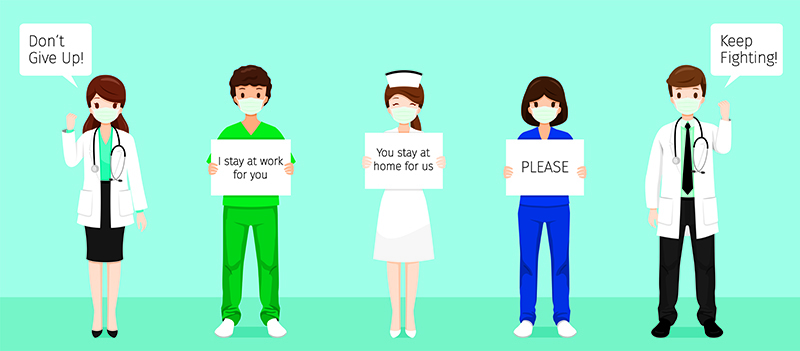
A New Mechanism of Oxygen Deprivation
Somebody brought to my attention a particular aspect of COVID-19’s effect on the body. In usual pneumonia caused by flu viruses, the lack of oxygen – hypoxia – is caused by the congestion in the lungs that restricts the ability of the lungs to breathe properly. In COVID-19, individuals may present with normal breathing ability but with a serious lack of oxygen. This phenomenon led me on a search to try to understand the process better. I happened upon an article written by Jill Carnahan, MD, a well-known Doctor of Functional Medicine, which explores this in detail and suggests some strategies to deal with the issue. Her conclusion was that the problem was something happening in the red blood cells that blocked the absorption and transport of oxygen throughout the body. For her complete blog article click here.
Where Are the Blood Clots Coming From?
Recent articles in the general press mentioned that many people with Covid-19 suffered from blood clots – often a multiplicity of small ones – in the lungs and throughout the body – but some were big enough to cause strokes. While exploring this further, I discovered the observations and research of Dr. Hooman Poor, a pulmonologist. He found indications that one of his patients was fighting the blood clots, but that by the time her body began to fight them, her condition was too advanced to respond to the clot busting medication he used to try to break up embolisms (blood vessel obstruction).
After extensive research and review of findings in other countries he came to the understanding that the COVID-19 virus attacks the lining of blood vessels. To try to repair the damage, the body releases some clotting factors. At this stage the mechanism is not fully understood but it is congruent with the vulnerability of certain individuals. For the complete article, click here.
Understanding the Probable Sequence of Actions
- The COVID-19 virus triggers an inflammatory response called a cytokine storm which I described in a previous newsletter.
- The inflammation attacks the lining of the blood vessel that attempt to protect themselves through increasing clotting.
- This inflammation first attacks the capillaries inside the lungs where the oxygen absorption takes place.
- The result is hypoxia and a lack of oxygen throughout the body.
- It progressively damages the lungs, creating full-fledged pneumonia.
- As the attack on the lining of the blood vessels continues throughout the body, the attack can move from the lungs to the heart and/or the kidneys and create clots that can travel and cause major damage anywhere.
Why Are Some People at Greater Risk?
People with certain types of underlying conditions which already affect the lining of the blood vessels are at a much higher risk for serious complications and death. Of course, these include people with high blood pressure, diabetes, cardiovascular diseases, elevated cholesterol, elevated homocysteine levels and C-reactive protein, elevated fibrinogen and older people who are the most likely to suffer from those conditions.

Where to Go From Here?
Obviously, the best approach is to continue doing the most obvious: washing your hands regularly and disinfecting anything you bring to your house. As much as possible stay at home and when you do have to go out in public, use a mask and observe social distancing. Create a good program of supplements based on your unique needs and stick to it. Exercise regularly.
Since the medical system does not have any answers about prevention, it’s obvious that the ball is in our court. It is going to be our responsibility to decrease risk and protect ourselves to the best of our abilities in order to stay out of the hospital. Beyond this, keep your life interesting and stay in touch with family and friends.
On my side, I will continue my research and keep you abreast of new developments and new resources.
For more information or for an appointment with Dr. Babinet:
Email [email protected] or call 720.328.8299


